Home>Technology>Security & Surveillance>What Does A Door Lock Actuator Do
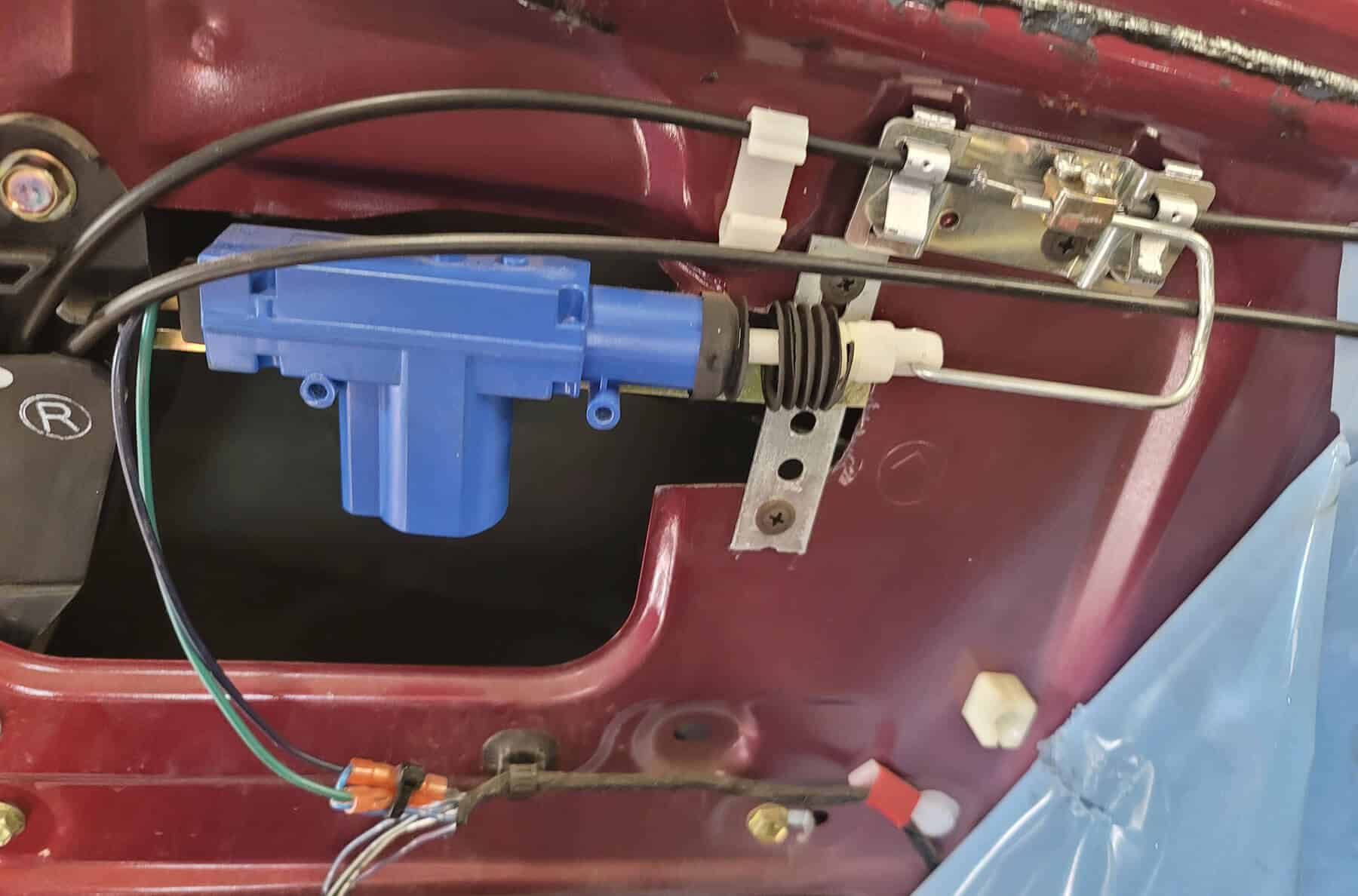

Security & Surveillance
What Does A Door Lock Actuator Do
Modified: August 27, 2024
Discover how a door lock actuator enhances security and surveillance. Learn about its functions and importance for protecting your property.
(Many of the links in this article redirect to a specific reviewed product. Your purchase of these products through affiliate links helps to generate commission for Storables.com, at no extra cost. Learn more)
**
Introduction
**
Welcome to the world of home security and convenience! In today's era of smart technology and seamless automation, the humble door lock actuator plays a crucial role in ensuring the safety and ease of access to your vehicle or home. Whether you're unlocking your car door with the push of a button or securing your house with a smart lock, the door lock actuator quietly performs its duty, often unnoticed until it begins to show signs of wear and tear.
In this comprehensive guide, we'll delve into the inner workings of the door lock actuator, exploring its function, operation, common issues, testing methods, and replacement procedures. By the end of this journey, you'll have a deeper understanding of this essential component and be equipped with the knowledge to troubleshoot and address any potential concerns.
So, let's embark on this exploration of the door lock actuator, uncovering the mechanisms that safeguard our homes and vehicles while seamlessly integrating into our daily routines. Whether you're a seasoned DIY enthusiast or simply curious about the technology that surrounds us, join us as we unravel the mysteries of the door lock actuator.
Key Takeaways:
- The door lock actuator is like a silent guardian, converting electrical signals into physical motion to effortlessly lock and unlock doors in vehicles and homes. It plays a crucial role in our daily lives, ensuring security and convenience.
- Signs of a failing door lock actuator include sluggish or erratic locking, unusual sounds during operation, and intermittent functionality. Testing and replacing the actuator can restore the smooth operation of locks, preserving security and ease of access.
Read more: How To Fix Door Lock Actuator
What Is a Door Lock Actuator?
At its core, a door lock actuator serves as the powerhouse behind the locking and unlocking mechanisms of modern vehicles and homes. This ingenious device is responsible for converting electrical signals into physical motion, allowing for the seamless operation of door locks with minimal effort from the user.
In the automotive realm, door lock actuators are integral components of the central locking system, enabling drivers and passengers to secure and access their vehicles with unparalleled convenience. Similarly, in residential and commercial settings, door lock actuators form the backbone of electronic and smart locks, offering a blend of security and user-friendly access control.
While the specific design and functionality may vary between vehicle models and locking systems, the fundamental purpose remains consistent: to translate electronic commands into mechanical action, effectively engaging or disengaging the locking mechanisms.
Door lock actuators typically comprise an electric motor, a series of gears or levers, and the necessary electrical connections to interface with the central locking system or smart lock infrastructure. When triggered, the electric motor initiates the movement of the gears or levers, ultimately engaging the locking mechanism to secure or release the door.
As technology continues to advance, door lock actuators have evolved to accommodate wireless communication protocols, remote access capabilities, and integration with smart home ecosystems. This progression has ushered in an era of seamless connectivity and enhanced security, empowering users to manage their locks remotely and monitor access with unprecedented ease.
Whether nestled within the doors of a vehicle or discreetly concealed within the framework of a smart lock, the door lock actuator represents a convergence of electrical engineering, mechanical precision, and user-centric design. Its unassuming presence belies its indispensable role in safeguarding our possessions and simplifying our daily interactions with the spaces we inhabit.
Now that we've unveiled the foundational essence of the door lock actuator, let's peer into the inner workings of this remarkable device and uncover the magic that enables it to seamlessly orchestrate the dance of locking and unlocking.
How Does a Door Lock Actuator Work?
Embark on a journey through the inner workings of a door lock actuator, and you’ll discover a symphony of electrical signals, mechanical motion, and precise engineering. At its core, the door lock actuator operates as the bridge between the digital realm of electronic commands and the physical domain of locking mechanisms, seamlessly translating signals into tangible actions.
When a user initiates the locking or unlocking process, whether through a key fob, a smart home app, or an interior door switch in a vehicle, the command sets off a chain of events within the door lock actuator. This command is typically transmitted as an electrical signal, triggering the actuator to spring into action.
The heart of the door lock actuator lies in its electric motor, which serves as the driving force behind the entire operation. Upon receiving the electrical signal, the electric motor swiftly comes to life, generating rotational motion that sets the gears or levers in motion. These gears or levers, meticulously designed to interface with the vehicle’s or home’s locking mechanism, then engage or disengage the locks as needed.
As the gears or levers maneuver in response to the electric motor’s rotation, they interact with the locking mechanism, either securing the door in a locked position or releasing it to allow for entry or exit. This seamless orchestration of mechanical movement, propelled by the electric motor’s energy, culminates in the swift and reliable operation of the door lock.
Furthermore, the door lock actuator’s design often incorporates safeguards to prevent damage caused by excessive force or obstructions. This protective feature ensures the longevity and reliability of the actuator, allowing it to withstand the rigors of daily use without succumbing to premature wear and tear.
As technology continues to advance, some door lock actuators have evolved to embrace wireless communication protocols and smart home integration, enabling users to remotely control and monitor their locks with unprecedented convenience. This integration underscores the adaptability and forward-looking nature of door lock actuators, as they seamlessly integrate into the fabric of modern smart homes and vehicles.
With a deeper understanding of the intricate interplay between electrical signals, mechanical motion, and precision engineering, we gain a newfound appreciation for the door lock actuator’s pivotal role in our daily lives. As we delve further into the realm of door lock actuators, we’ll unravel the telltale signs of a failing actuator and explore the methods for testing and replacing this essential component.
Signs of a Failing Door Lock Actuator
Despite its resilience and precision engineering, a door lock actuator is not immune to the wear and tear that accompanies regular use. Over time, various signs may indicate that a door lock actuator is approaching the end of its service life or experiencing malfunctions. Recognizing these indicators can prompt timely intervention, ensuring the continued smooth operation of your vehicle’s or home’s locking mechanisms.
One common symptom of a failing door lock actuator is sluggish or unresponsive locking and unlocking. When you attempt to engage or disengage the locks, you may notice a delay in the actuator’s response, or it may fail to execute the command altogether. This hesitancy or outright refusal to act upon user input signals potential issues within the actuator’s internal components or electrical circuitry.
Another telltale sign of a faltering door lock actuator is unusual sounds emanating from the door during locking or unlocking attempts. These sounds may manifest as grinding, clicking, or buzzing noises, signaling that the actuator’s internal mechanisms are struggling to operate smoothly. Such auditory cues often point to mechanical wear or misalignment within the actuator, necessitating a closer inspection to identify the root cause.
In some instances, a malfunctioning door lock actuator may exhibit erratic behavior, such as spontaneously activating the locks or failing to maintain a consistent locked or unlocked state. This unpredictability can introduce security concerns and inconvenience, prompting the need for prompt diagnosis and remediation to restore the actuator’s reliable function.
Moreover, if a door lock actuator is nearing the end of its lifespan, it may exhibit intermittent functionality, working sporadically before succumbing to complete failure. This intermittent behavior can manifest as sporadic success in locking or unlocking the door, creating uncertainty and frustration for users relying on the actuator’s consistent performance.
Additionally, a failing door lock actuator may cause the door locks to become stuck in a particular state, whether locked or unlocked, rendering them unresponsive to user input. This immobilization can impede access to the vehicle or building, posing a significant inconvenience and potential security risk.
By remaining vigilant for these signs of a failing door lock actuator, you can proactively address emerging issues and preserve the seamless operation of your vehicle’s or home’s locking systems. In the following sections, we’ll explore methods for testing a door lock actuator to pinpoint the source of any malfunctions and delve into the procedures for replacing this essential component when necessary.
A door lock actuator is a small motor that controls the locking and unlocking of your car’s doors. If your door lock actuator is malfunctioning, it may cause issues with locking and unlocking the doors.
How to Test a Door Lock Actuator
When confronted with suspicions of a malfunctioning door lock actuator, conducting a systematic test can provide valuable insights into the health of this essential component. By following a series of diagnostic steps, you can identify the root cause of any operational irregularities and determine whether the actuator requires repair or replacement.
Before initiating the testing process, it’s essential to ensure that the vehicle’s or home’s electrical system is functioning correctly, as issues with the power supply can mimic symptoms of a faulty door lock actuator. Once the electrical integrity is confirmed, you can proceed with the following steps to assess the actuator’s performance:
- Visual Inspection: Begin by visually examining the door lock actuator for any visible signs of damage, corrosion, or loose connections. Ensure that the actuator’s wiring harness is securely connected and free from wear or fraying. Additionally, inspect the actuator’s mounting hardware to verify that it is firmly secured within the door assembly.
- Electrical Testing: Utilize a multimeter to measure the voltage supplied to the door lock actuator when attempting to engage or disengage the locks. This test can reveal whether the actuator is receiving the appropriate electrical signals and help pinpoint any irregularities in the power delivery to the actuator.
- Manual Operation: If feasible, manually manipulate the door lock actuator to gauge its responsiveness and smoothness of operation. Applying gentle pressure to the actuator’s levers or gears can offer insights into any obstructions, mechanical resistance, or misalignments that may hinder its function.
- Functional Testing: Engage the door lock actuator through the vehicle’s interior switch or key fob, observing its response and the corresponding movement of the locking mechanisms. Note any delays, unusual sounds, or inconsistent behavior exhibited by the actuator during the testing process.
By systematically conducting these tests, you can gather valuable data to assess the door lock actuator’s condition and isolate any underlying issues affecting its performance. Based on the test results, you can make an informed decision regarding the appropriate course of action, whether it involves repairing the actuator, addressing electrical concerns, or proceeding with a replacement.
As we delve into the methods for replacing a door lock actuator in the subsequent section, the insights gained from the testing process will inform your approach to restoring the seamless functionality of your vehicle’s or home’s locking system. By proactively diagnosing and addressing potential actuator issues, you can uphold the security and convenience that this integral component affords.
Read more: How To Test Door Lock Actuator
How to Replace a Door Lock Actuator
When the time comes to replace a malfunctioning door lock actuator, embarking on a methodical replacement process can restore the seamless operation of your vehicle’s or home’s locking mechanisms. By following a systematic approach, you can safely remove the ailing actuator and install a new unit, rejuvenating the reliability and convenience of your locks.
Before initiating the replacement procedure, gather the necessary tools and a replacement door lock actuator tailored to your vehicle or lock system’s specifications. Additionally, review the vehicle’s or home’s service manual to familiarize yourself with the door panel removal process and any specific nuances associated with the actuator replacement.
- Disconnect the Power Source: Prior to commencing any work, disconnect the vehicle’s battery or isolate the power supply to the door’s electrical components in a residential setting. This precautionary measure mitigates the risk of electrical hazards during the replacement process.
- Remove the Door Panel: Carefully detach the door panel to access the internal components, following the prescribed steps outlined in the service manual. This typically involves removing screws, clips, and trim pieces before gently prying the panel away from the door frame.
- Locate and Remove the Actuator: Once the door panel is removed, locate the faulty door lock actuator within the door assembly. Unfasten any securing hardware, disconnect the actuator’s wiring harness, and carefully extract the unit from its position, taking note of its orientation and attachment points.
- Install the Replacement Actuator: Position the new door lock actuator in place, aligning it with the mounting points and reconnecting the wiring harness. Ensure that the actuator is securely fastened and oriented correctly within the door assembly to facilitate smooth operation.
- Reassemble the Door Panel: Reattach the door panel by reversing the removal process, securing it firmly to the door frame and verifying that all fasteners and trim pieces are properly reinstalled. Exercise caution to avoid damaging the panel or its components during reassembly.
- Test the New Actuator: With the replacement actuator in position and the door panel reinstalled, test the functionality of the locks to confirm that the new actuator operates as intended. Engage and disengage the locks through the vehicle’s interior switch or key fob, ensuring that the actuator responds promptly and smoothly.
By meticulously following these steps and exercising care throughout the replacement process, you can seamlessly integrate a new door lock actuator into your vehicle or home, revitalizing the reliability and convenience of your locking system. This proactive approach ensures that your locks continue to safeguard your property while facilitating effortless access for you and your loved ones.
With the replacement procedure completed, you can revel in the restored peace of mind and operational efficiency that a new door lock actuator brings, underscoring the enduring value of this essential component in safeguarding and enhancing your daily experiences.
Conclusion
As we conclude our exploration of the door lock actuator, we emerge with a newfound appreciation for the pivotal role this unassuming yet essential component plays in the realm of home security and vehicular convenience. From its seamless orchestration of locking and unlocking to its integration with smart home ecosystems and central locking systems, the door lock actuator stands as a testament to the convergence of electrical engineering, mechanical precision, and user-centric design.
Throughout our journey, we’ve unraveled the intricate workings of the door lock actuator, shedding light on its function, operation, and the telltale signs of potential malfunctions. By recognizing the symptoms of a failing door lock actuator and mastering the methods for testing and replacement, we’ve empowered ourselves to proactively safeguard the reliability and security of our locking systems.
Furthermore, our foray into the realm of door lock actuators has underscored the seamless integration of smart technology and wireless connectivity, enriching our daily interactions with our vehicles and homes. As these advancements continue to evolve, the door lock actuator remains at the forefront, facilitating remote access and user-friendly control with unparalleled ease.
Whether safeguarding our vehicles on the road or fortifying the entry points of our homes, the door lock actuator silently upholds our security and convenience, embodying the harmony between technological innovation and practical utility. Its unobtrusive presence belies its indispensable role, quietly ensuring that our locks operate with the precision and reliability that we’ve come to rely upon.
As we part ways, armed with a deeper understanding of the door lock actuator’s inner workings and the methods for diagnosing and remedying potential issues, we carry forth a newfound sense of empowerment and preparedness. Whether embarking on a DIY repair endeavor or seeking professional assistance, our knowledge serves as a beacon, guiding us toward the continued seamless operation of our locks.
So, as we bid adieu to this captivating journey through the world of door lock actuators, let us carry forward this newfound wisdom, embracing the harmony of technology and utility that enriches our daily lives. With our locks standing as steadfast sentinels, we navigate the world with confidence, knowing that the door lock actuator silently stands guard, ensuring that our security and convenience remain unwavering.
Frequently Asked Questions about What Does A Door Lock Actuator Do
Was this page helpful?
At Storables.com, we guarantee accurate and reliable information. Our content, validated by Expert Board Contributors, is crafted following stringent Editorial Policies. We're committed to providing you with well-researched, expert-backed insights for all your informational needs.
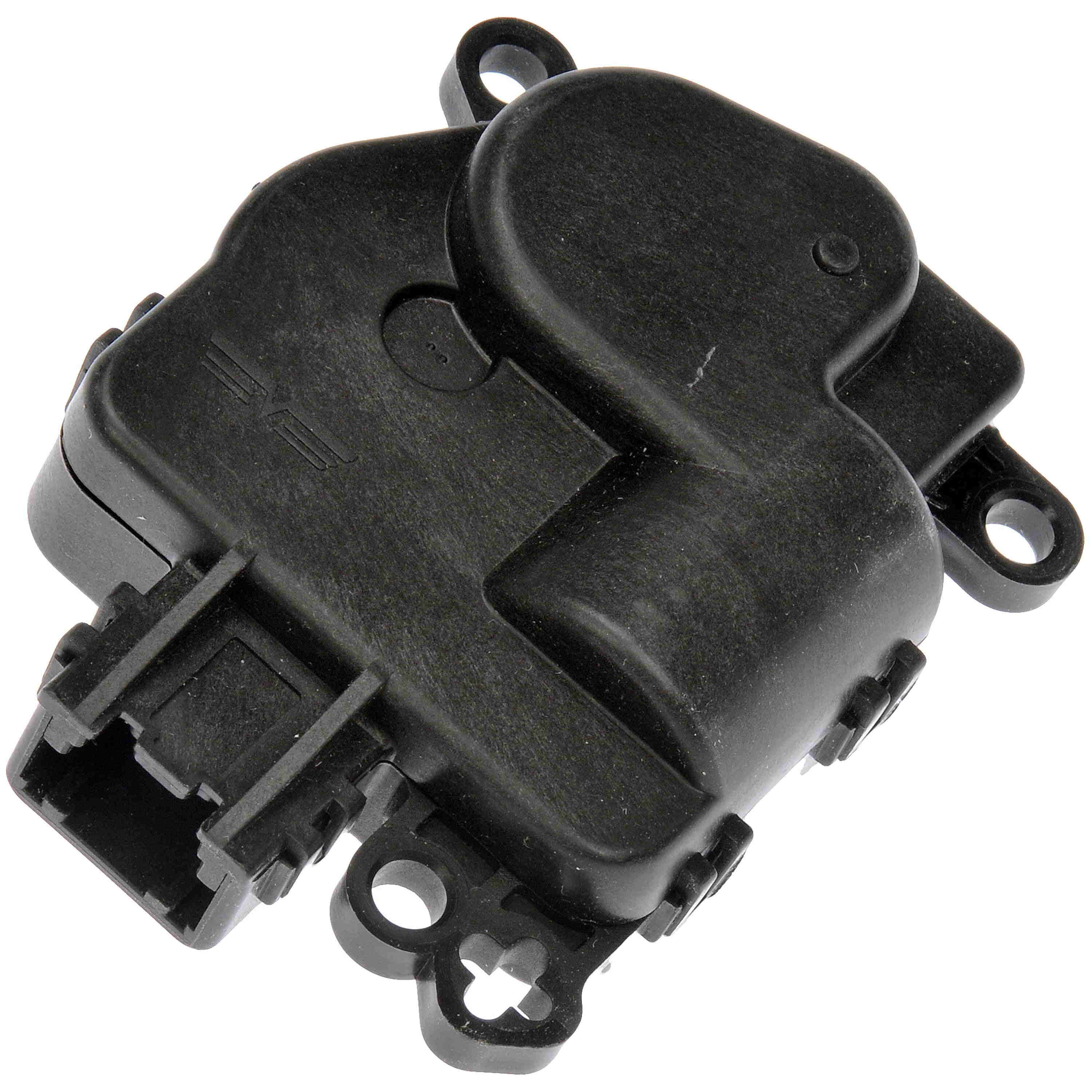


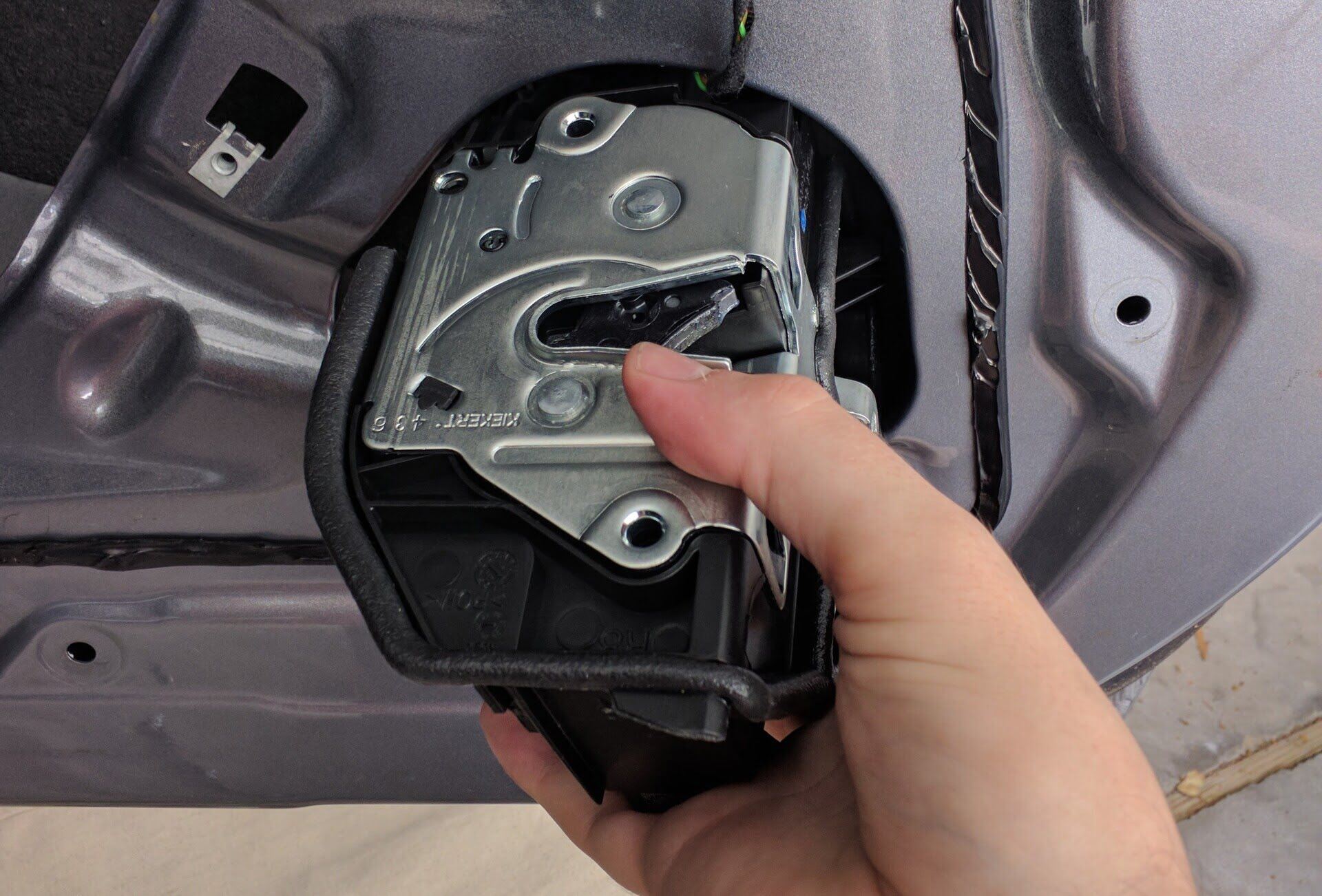
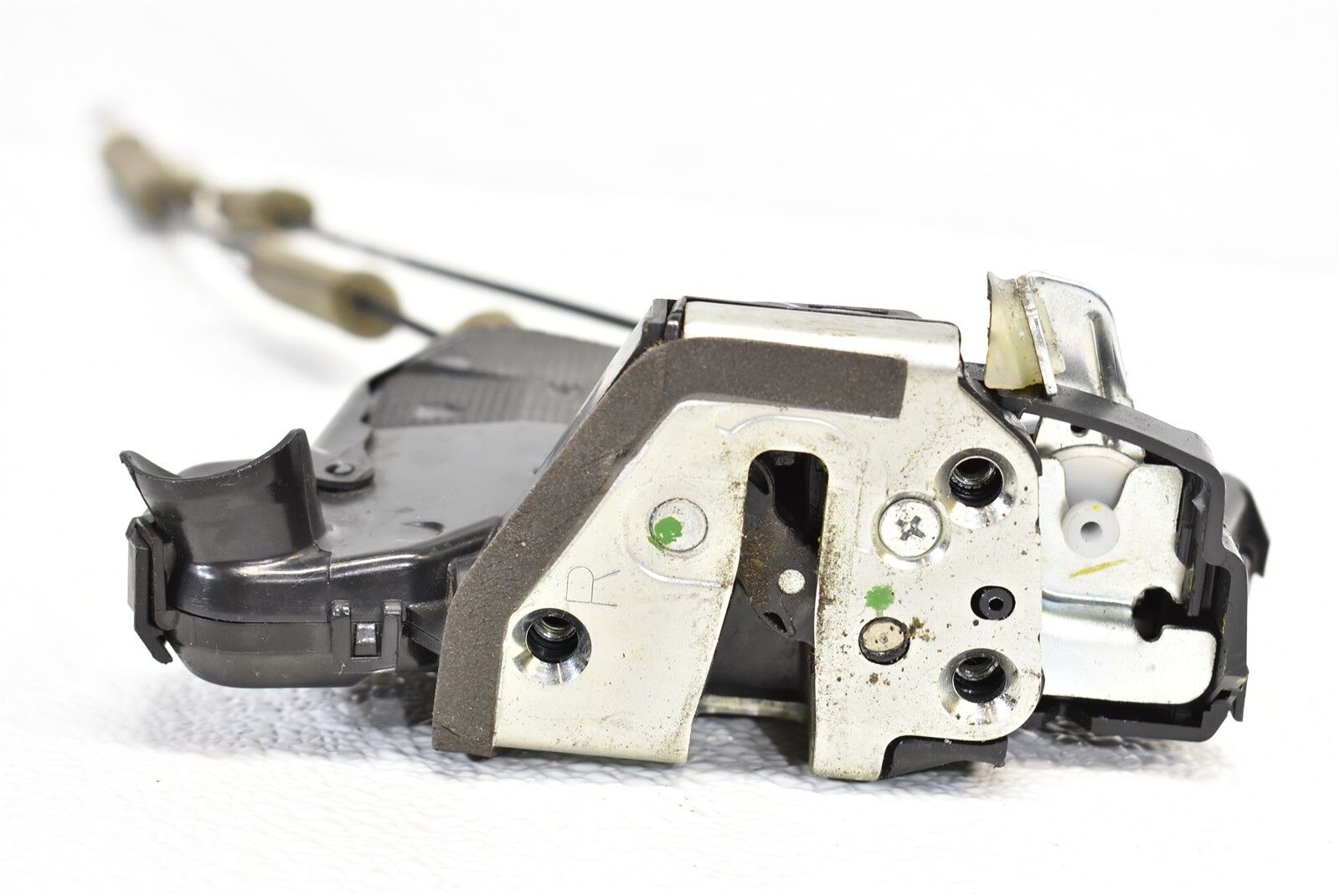
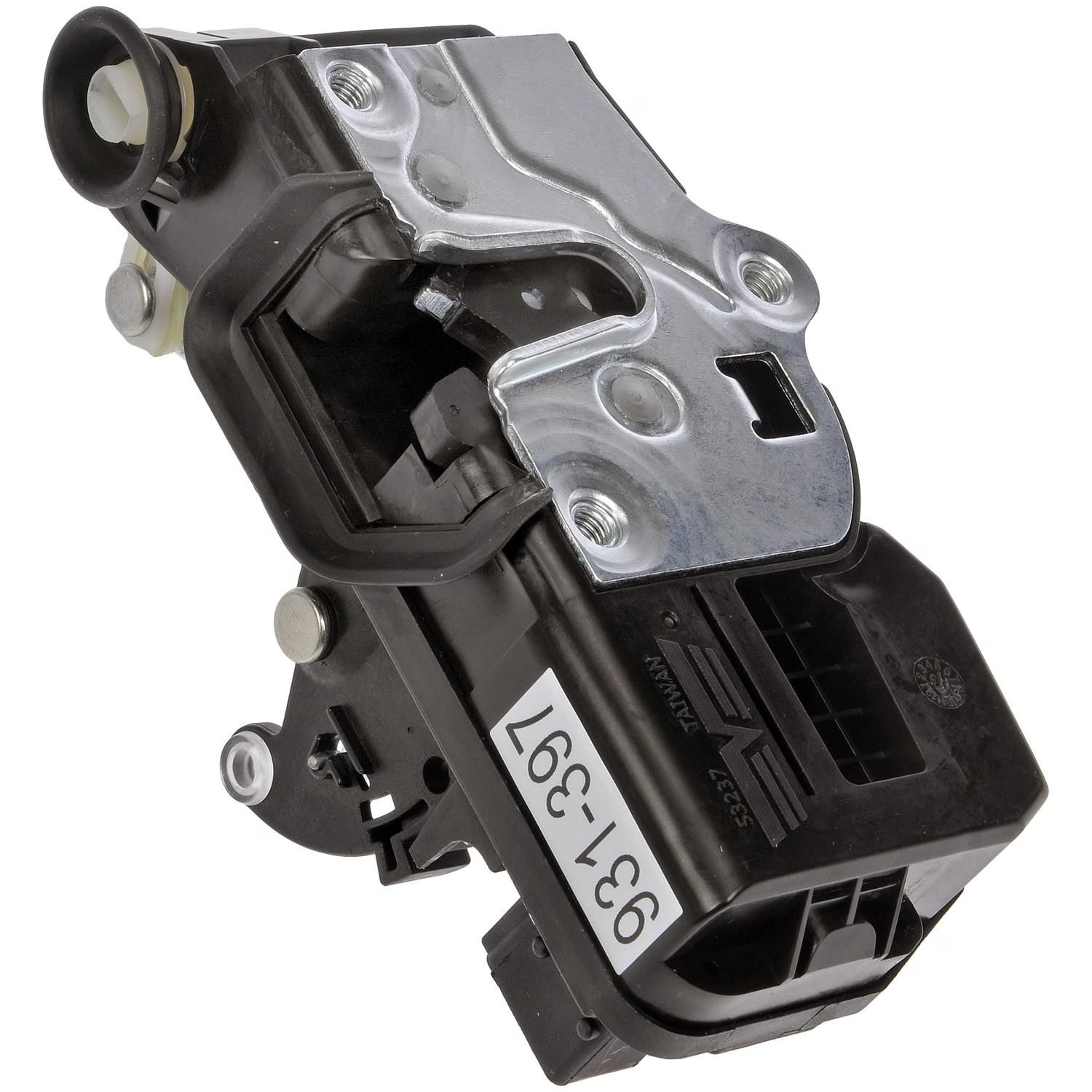
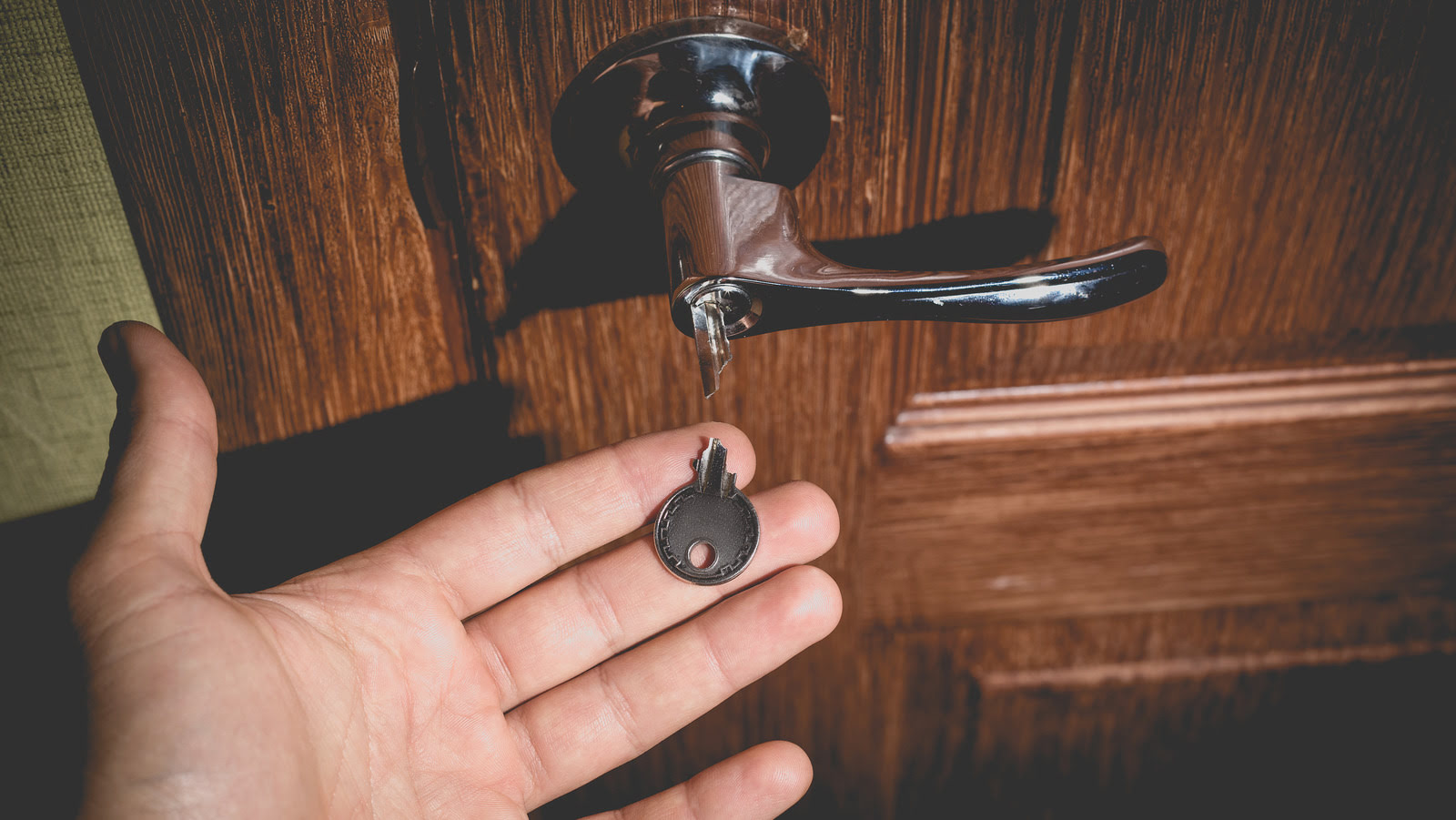
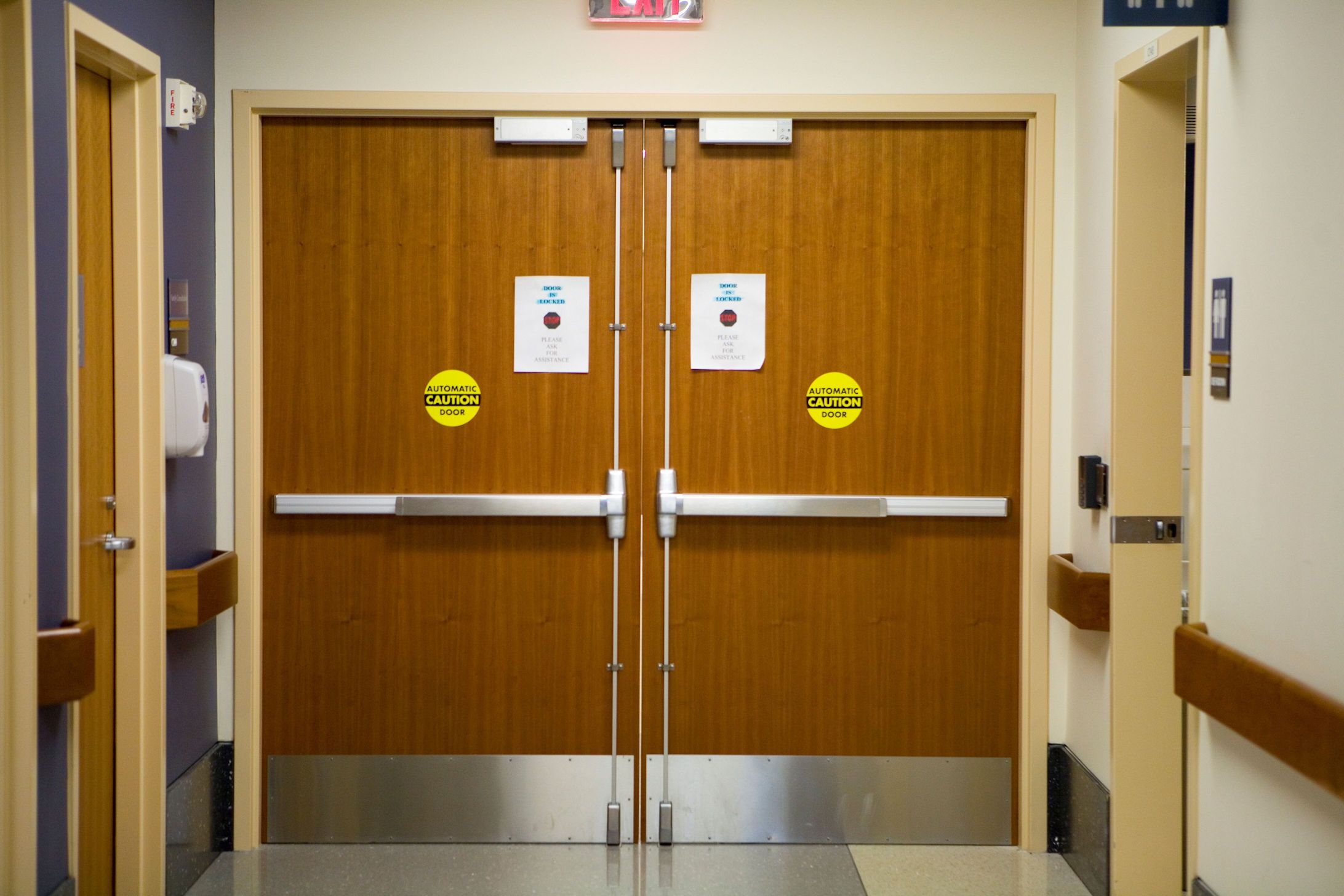
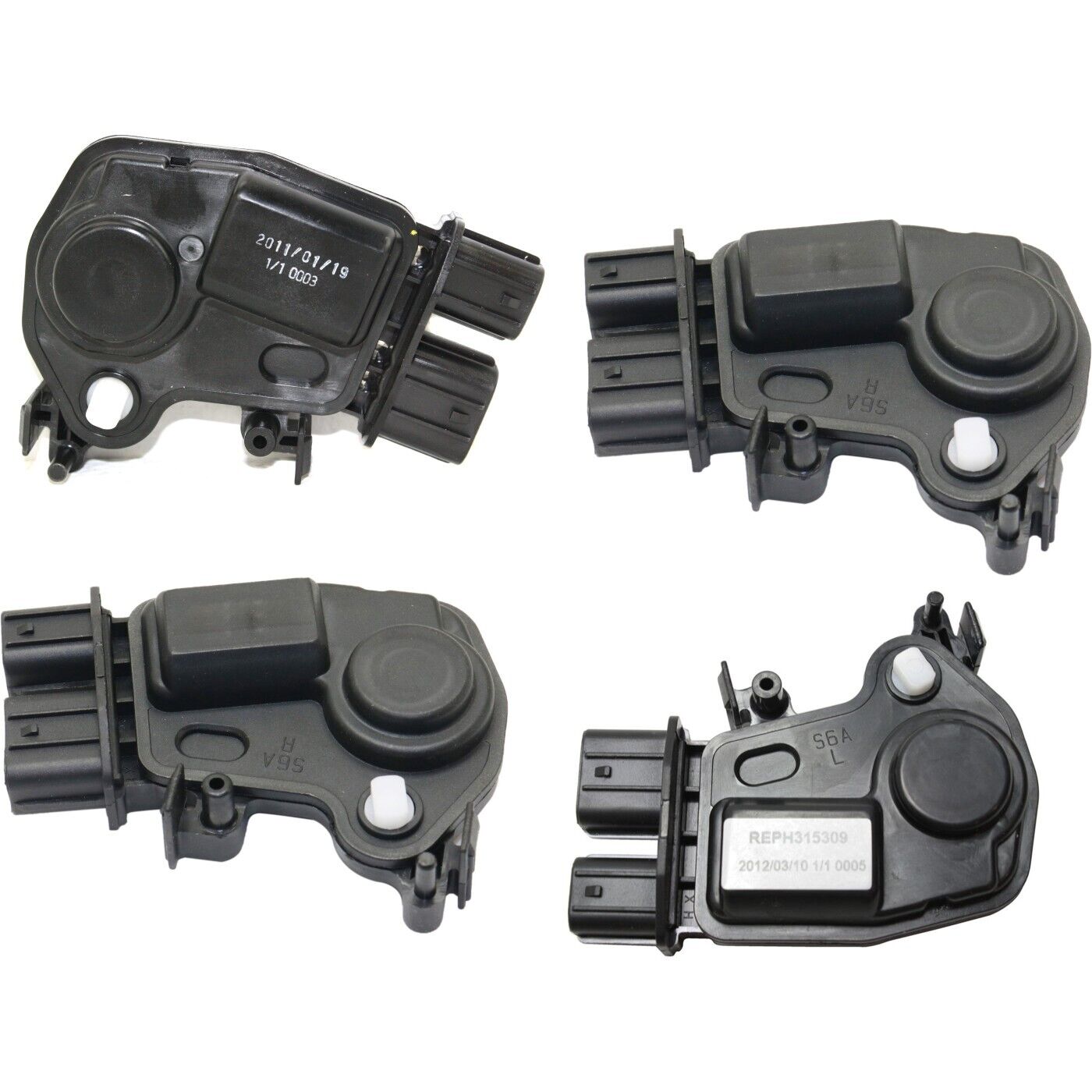
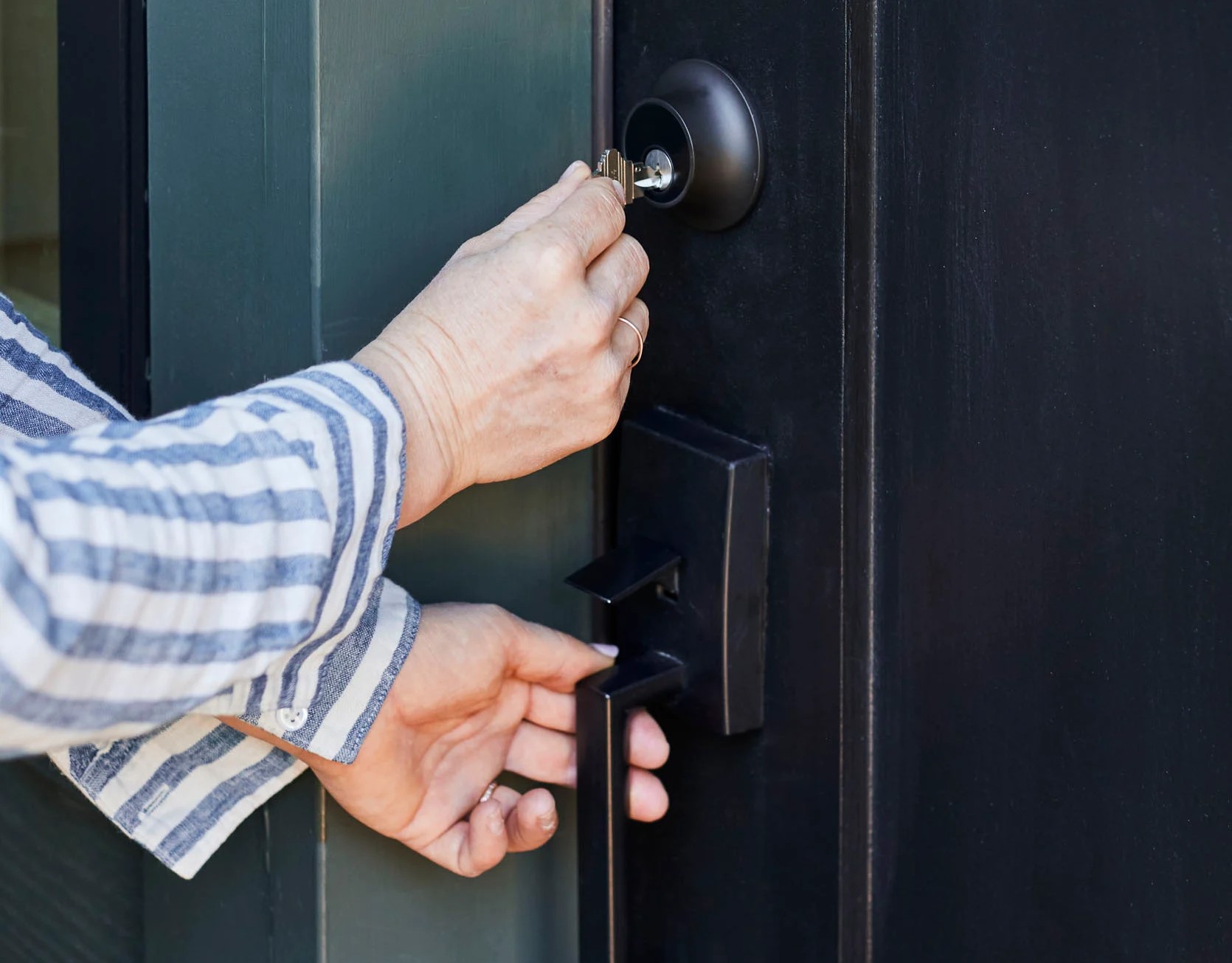
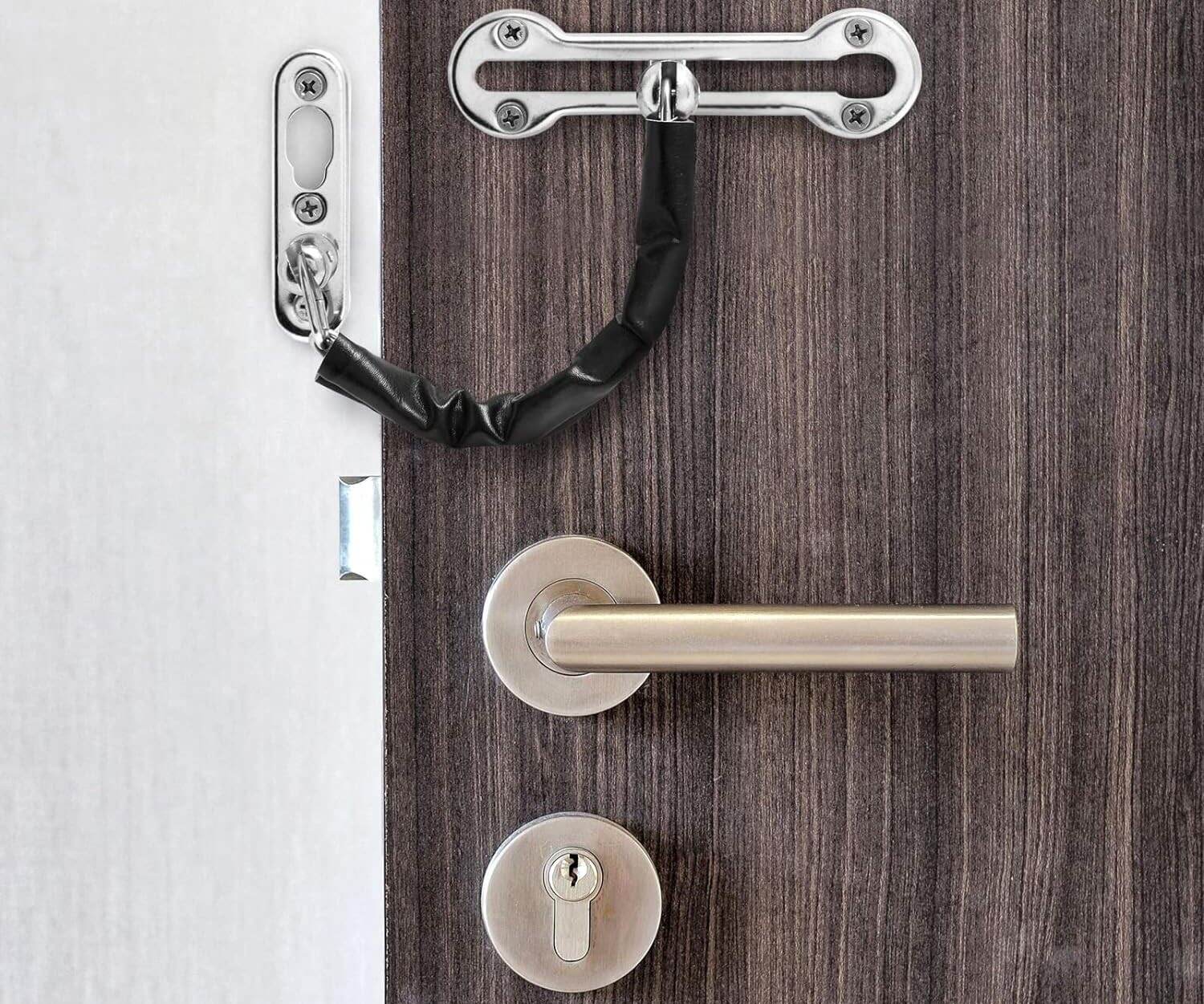
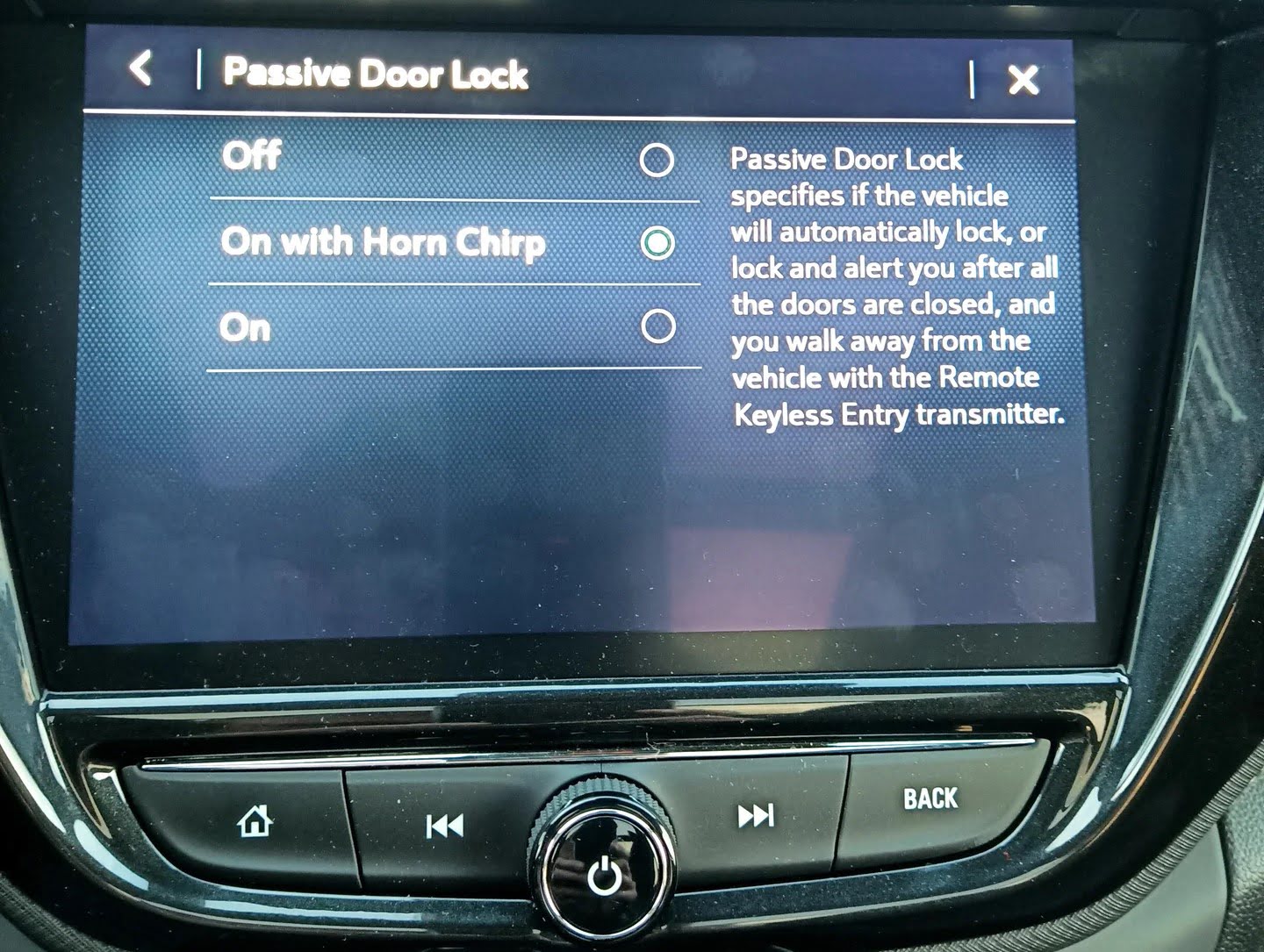
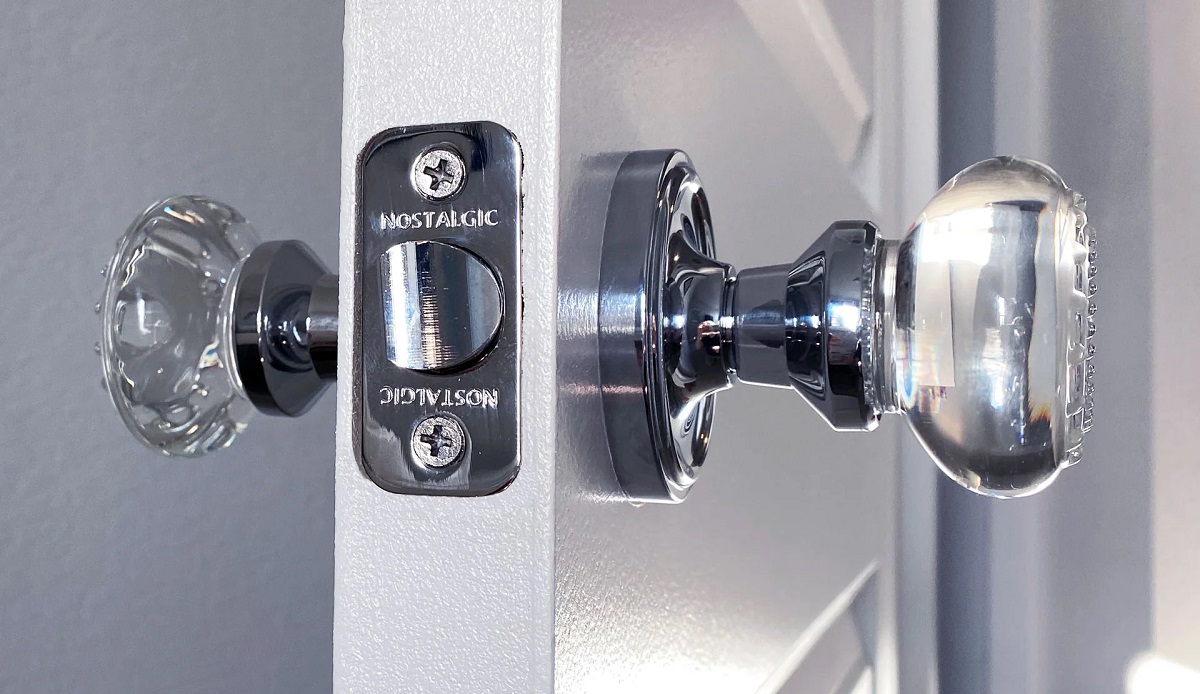
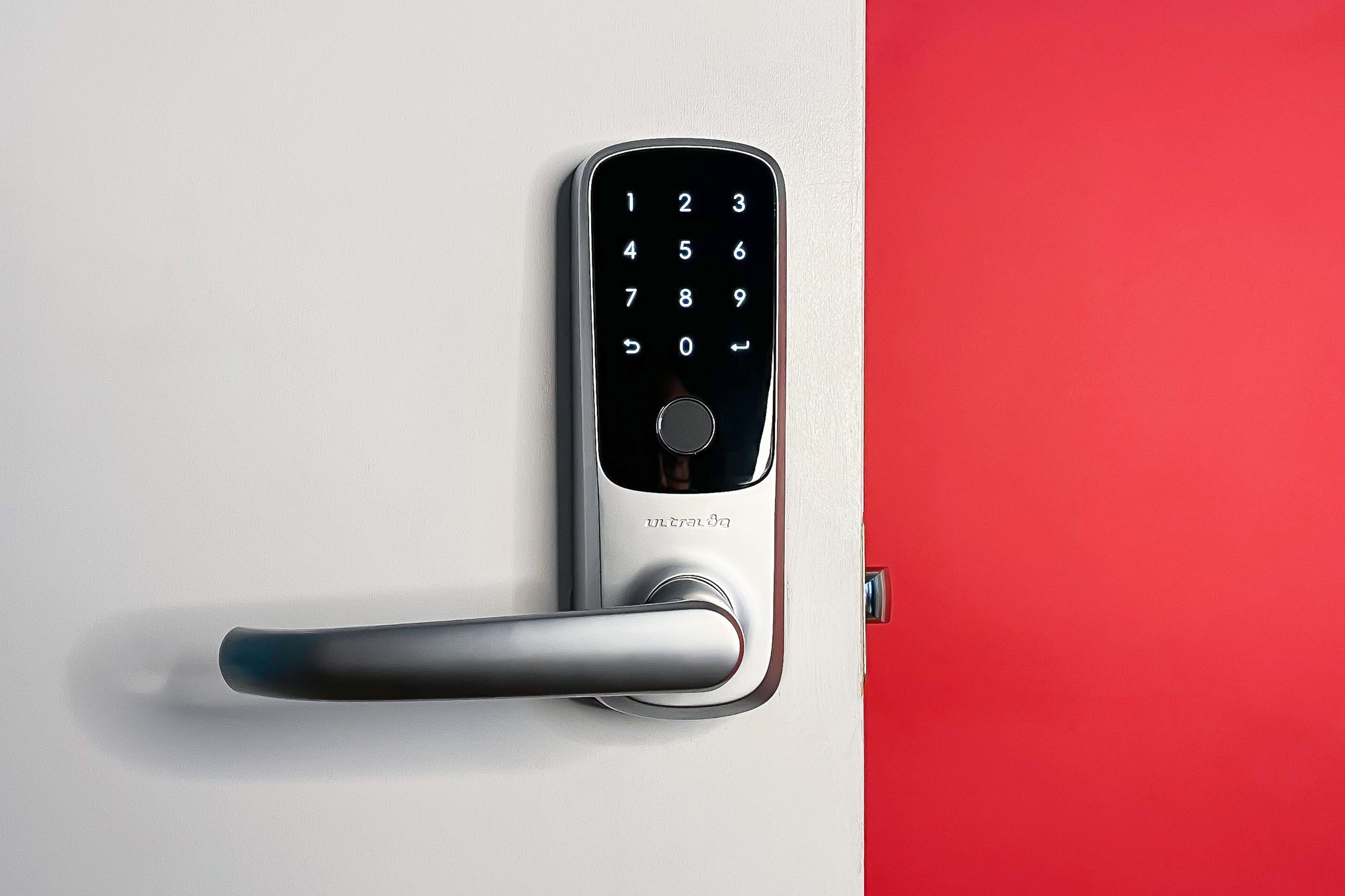

0 thoughts on “What Does A Door Lock Actuator Do”